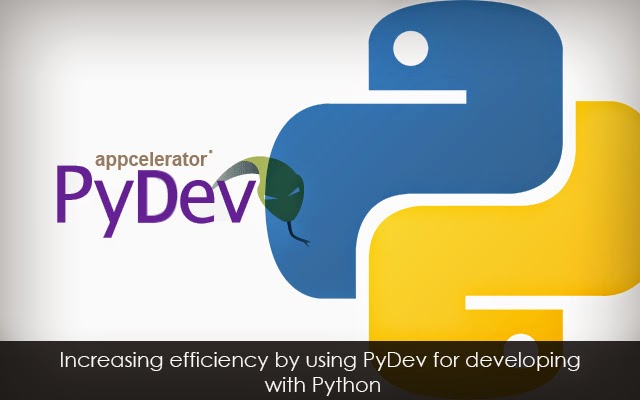Python – Born of a legend in a legend style: Python
was conceived in late 1980 and it gets born in December 1989. So you
can imagine how much time it took to come out to the industry!! Van
Rossum is the father of this legend. Well, in the initial phase of its
life, it was full of ups and downs until it handed over to Google in 21st
century. Then it get refined, refurbished and gained a tremendous power
within itself making it around 2 to 3 times faster than before. After
the branding from Google, it saw an awesome phase in its life. It became
more popular and widely used among the web developers as well as
desktop application developer. The best part is it has the potential to
develop any type of application just like Java or C++. It is highly
inspired from the Object oriented approach of C++ and a huge number of
functions and libraries like Java. In short, we can say it is the
combination of both C++ and Java. Hence we can expect tremendous
potential of this language. Anyway, now we will discuss on different
versions of Python and their unique features.
Python 0.9.0: In
1991 February, Van Rossum released the code on alt.sources. It was
labelled as Version 0.9.0. In this version, there were many features
borrowed mostly from C++ like inheritance, Class concept, Exception
handling and functions etc. It also includes different data types like
str, list, dict etc. The most important feature of this version is
Module System that was highly inspired from Modula3. Van Rossum
described the module concept as "one of Python's major programming
units". It has exception handling power with if else statement that is
borrowed from Modula – 3.
Python 1.0: In
January 1994 Van Rossum released Python version 1.0 with some new
features for better functional programming like Lambda, Filter, Reduce
and Map. Van Rossum describe this version as “Python acquired lambda,
reduce (), filter () and map (), courtesy of a lisp hacker who missed
them and submitted working patches. Later on in 1995 the python version
1.2 released followed by version 1.4, 1.5 and 1.6 by 2000 September. In
this period there are few important features added in the language like
keyword arguments and support for complex numbers which were modular 3
inspired. Moreover name mangilling and data heading also get included
within this phase.
Python 2.0: On
October 16 2000, the version Python 2.0 released. With this version
Python introduced List Comprehensions concept that is borrowed from SETL
and Haskell. It also introduced garbage collection system in the
language. Then Python Version 2.1 released on April 2001 with a new name
to its licence i.e. Python Software Foundation License. It introduced
nested scopes in the language. It followed several minor to major
changes through different versions like v 2.2, v2.3, v2.4, v2.5 and
v2.6.
Python 3.0: On December 3rd
2008, the latest Python version 3.0 released. This version was released
with a huge modification in the language starting from its core design
concept. It removed all unnecessary and duplicates. The guideline behind
was “Reduce Feature duplication by removing old ways of doing things”.
It brought an overnight popularity to this language along with
performance improvement of around 2 to 3 times.
You can get in touch with a custom Python web development company who can help you develop web apps that are stable, scalable and secure.
We provide Python application development services. If you would like to hire certified Python developer for your web development needs, please contact us Mindfire Solutions.


